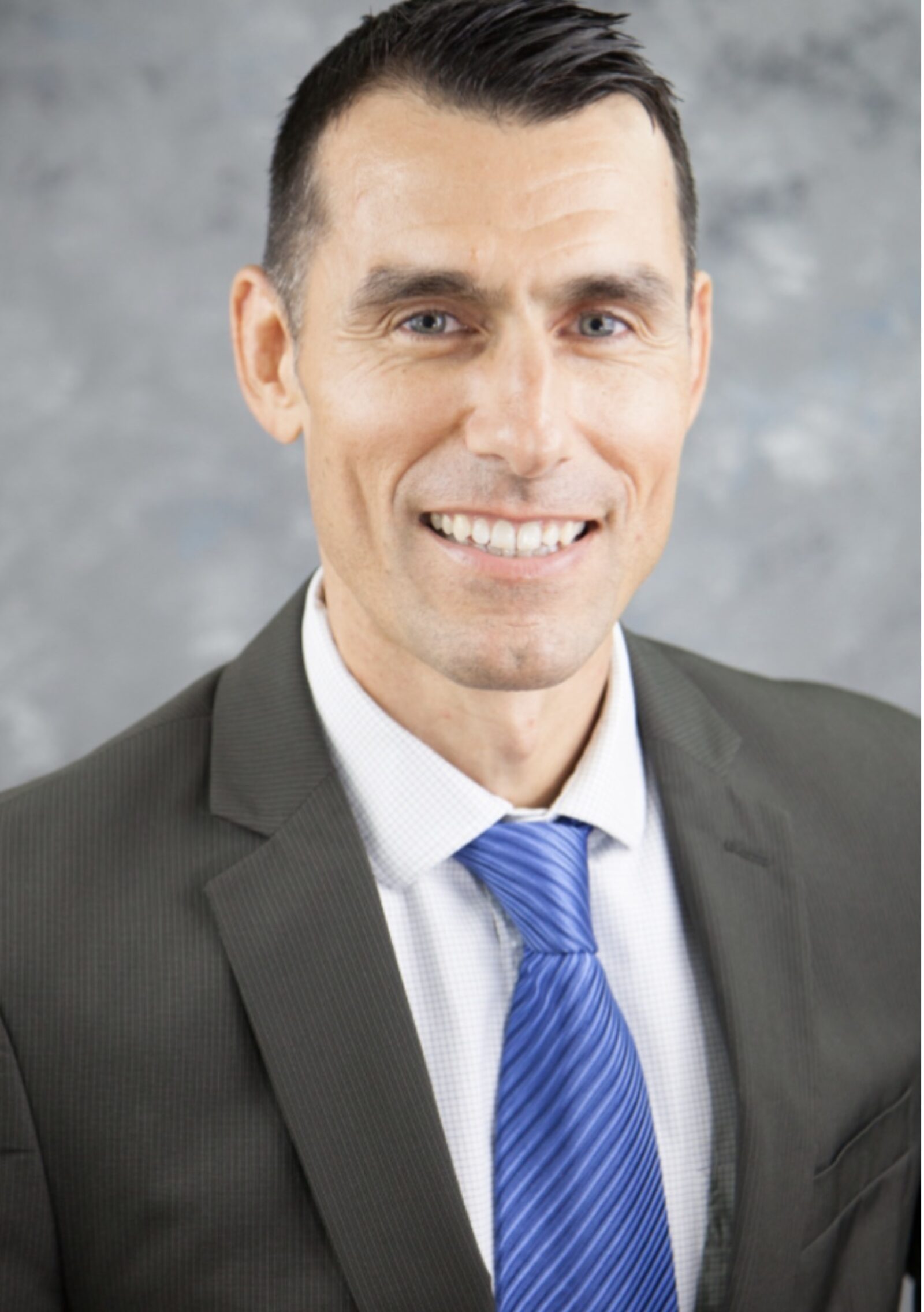By Frank Curreri Forza
Um, yeah. Mom’s anxious about Gaethje fighting so he storms across the cage and goes for broke. Priceless.
But assuaging the fears of mom and dad is only part of the story. Gaethje’s epic willingness to risk everything with each and every punch he throws, to daringly take big risks every second of every fight, to always charge forward and sit on his punches, might be traced back to his small town days in Safford, Ariz.
“I was pretty much born and raised there through high school,” Gaethje said. “My dad has worked in the copper mines for 30 years. My brother works in the mines. Both of my grandfathers (on both sides) worked in the copper mines and retired there. And all of my friends work in the mines, too.”
For many years now, mining (particularly coal mining) has been widely regarded as one of the world’s most dangerous jobs. Gaethje, who fights with a ferocity few would dare to, comes from a long-line of workers doing the work no one else wants to.
“I worked on the copper mines for one summer and it was very draining emotionally and physically,” Gaethje said. “It’s definitely really tough work. I was working on the biggest open pit copper mine in the United States, so it wasn’t underground. We were working with huge machinery and haul trucks. We were pretty much just driving around on shelves – and if you fall off the edge, you’re dead. I was working with a shovel that scoops up the dirt and fills up the haul truck with one scoop. These things are like 100 tons. It’s just ridiculous.”
America has long advertised itself as the land of opportunity. Implicit in that promise is the expectation that children will live at least a step above their parents. Given that, did Gaethje’s parents want him to break the cycle of their kin working on the mines?
“My father never specifically said he didn’t want me to work in the copper mines,” Gaethje said. “But he definitely gave me every opportunity to not be a miner. He gave me every opportunity to wrestle in every tournament and to go to college and wrestle. So he made it very apparent that I would have the opportunity to not work in a copper mine.”
Big punchers are intriguing case studies because, unlike an in-his-prime Mike Tyson, they often do not look physically imposing or impeccably chiseled. They often don’t look the part. Liddell, for instance, sported a grossly protruded stomach – a pot belly of sorts for an athlete. And Dan Henderson, well, if you weren’t aware of Hendo’s world-class wrestling pedigree then you would never imagine him being so ridiculously strong. In street clothes Henderson looks like nothing special – on the thin side, in fact. But if you push against the guy, as I have, you suddenly realize the guy is dense as a brick. Gaethje, whose musculature to the naked eye isn’t going to awe anyone, fits neatly into the Henderson mold. Only Gaethje is a five-fold more aggressive than Hendo.
It begs the question, of course, where does Gaethje’s firepower come from? Might some of it be owed to all of that strenuous manual labor of his miner heritage?
“Definitely,” he said. “There’s some weird muscles that miners build. They work so hard on huge machinery so it makes you really strong. My grandfather on my dad’s side boxed in the Army … I’m also half-Mexican on my mom’s side and gained a lot of athleticism from that side of the family. The Mexican side of my family is helping me a ton. My mother’s maiden name is Espinoza.”

